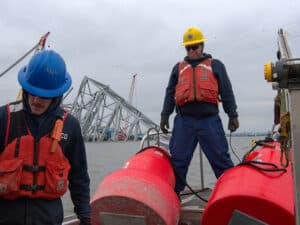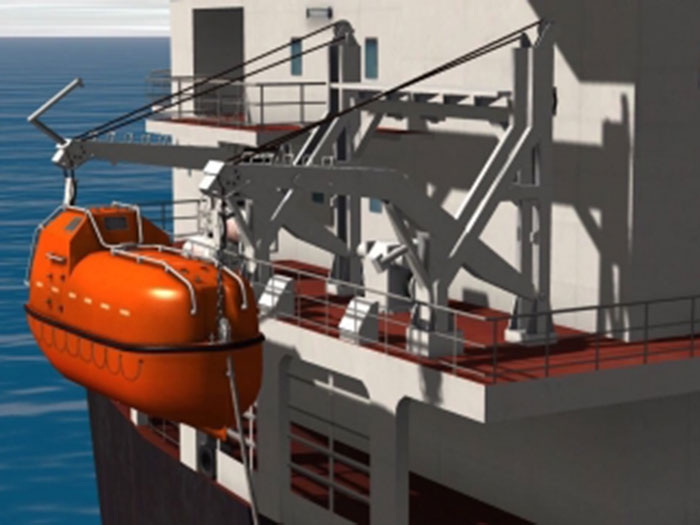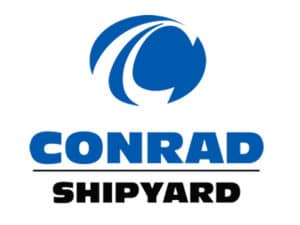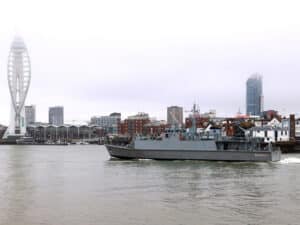
Transas survival craft simulator eliminates lifeboat drill risks
Written by Nick Blenkey
Transas survival craft simulator
SEPTEMBER 14, 2017 — Aiming to address a major source of accidents to crew without exposing personnel to physical danger, Transas has introduced a new Survival Craft Simulator (SCS) to prepare crew for the multitude of scenarios possible during lifeboat drills.
Survival craft training is essential to prepare crew for a disaster at sea but practical lifeboat drills have a troubling track record of causing fatalities. By shifting some elements of training to a simulated environment, the risks are minimized and crew can focus on the procedures that will increase safety when operating the real lifeboat equipment in an emergency.
IMO investigations have focused mainly on the complex quick-release hooks that typically suspend enclosed lifeboats from their davits, however, a failure to follow correct procedures and lack of proper training have also been cited as contributory factors in incidents.
The Transas Survival Craft Simulator training to be conducted either at a training centre or on-board in a benign environment, allowing trainees to learn essential procedures, such as the preparation of survival craft, its launch and boarding, but without the risk.
At the heart of the new simulator is a highly detailed virtual model of a totally enclosed davit-launched, self-righting lifeboat. It is supported by a functional model to simulate the hook-release gear, wire lashings and gripes, and for boat securing onto a davit.
Instruction on using the release handle, a safety pin, and hydrostatic interlock level can be delivered either virtually or with a physical device connected to the simulator.
“No one doubts the importance of effective survival craft training,” said Frank Coles, Transas Chief Executive Officer. “Guidance issued by insurers reaffirms that crew should be capable of operating lifeboat systems and understanding the mechanics and procedures, but training itself cannot be the source of risk. The majority of the maritime industry stakeholders still have some way to go to fully embrace the use of simulation to enhance and improve competency in shipboard operations. This tool is further evidence that competence can be raised safely and efficiently without endangering lives. The time for platitudes is over; resources and recurrent training save lives and enhance safety.”





Leave a Reply
You must be logged in to post a comment.